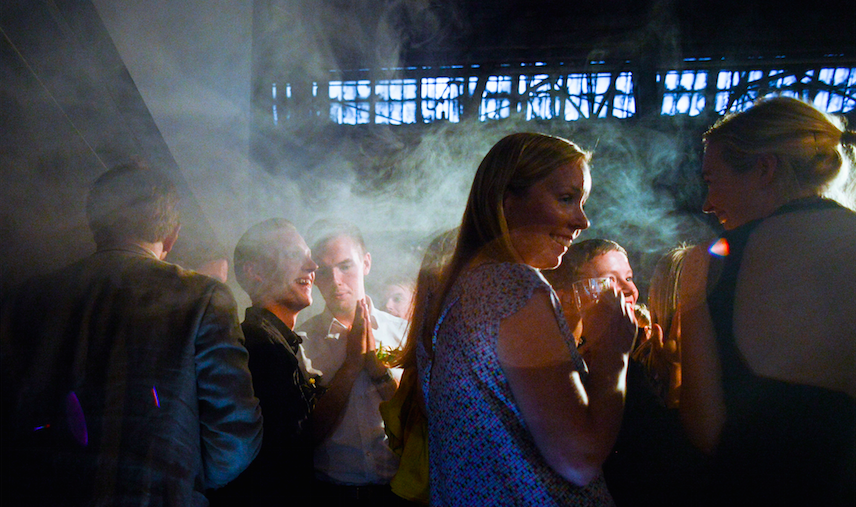
What use are scenarios?
The word scenario is derived from drama, meaning a sketch of the plot of a play. In foresight, a scenario is a story with plausible cause and effect links that connect a future condition with the present, while illustrating key decisions, events and consequences throughout the narrative. The focus on the narrative, derived from the old use of the word, is relevant. For instance, it means that projections and quantitative computer models are not scenarios, although they are often mixed up with scenarios. They are actually projections. Of course, these projections often used in scenarios to provide directions to the narrative.
The key strength of a scenario approach is its ability to provide complex information in an easy way. Scenarios make the future possibilities seem more real. They provide richness in offering alternatives, while forecasts about trends and projections can only provide one estimate about multiple possibilities. Nevertheless, one weakness in the use of scenarios is their characteristic of limiting the thinking of non-participants by showing only some relevant alternatives out of many. To tackle this weakness, the approach where scenarios consist of business-as-usual and best-case and worst-case scenarios has become more-or-less obsolete. Generating business-as-usual scenarios tended to lead to self-fulfilling prophecies as people easily consider the “middle path” as a prediction and act accordingly. This pushes the future to happen in line with the anticipated way. Instead, a typical set of scenarios today includes a set of credible albeit different scenarios, none of which is a tendency scenario. These scenarios force the thinking towards flexible alternatives and towards more flexible strategy formulation in order to react to changing futures.
How Demos Helsinki uses scenarios
The future does not (yet) exist, so by definition no one can have any concrete knowledge about it. Despite that, there is a grave need for planning and for analyzing the future. Everyone does it all the time, with various time scales.
Intuitively, we frequently make deterministic forecasts of what will happen in our lives when we make decisions. However, this approach is not very useful in planning for organizations, cities, nations or even our personal lives when the estimated timespan is more than several years. Luckily, there are different approaches one can take towards considering the future. Anticipation means understanding the current tensions (1, 2, 3, 4, 5) and estimating different outcomes based on their solution. Contingency planning refers to the idea that it makes sense to prepare for alternative futures. In more broad terms, it is said that foresight can have: 1) a policy-orientation (providing policymakers with a description of what is possible and informing the debate on what is preferable), 2) a capacity building focus (scanning the environment and anticipating change in order to build capacity beforehand), or 3) a transformative orientation (shaping futures instead of just describing them) (see the recent dissertation by Mikko Dufva for a more extensive explanation (pdf)).
In our recent report The Future as Told by the Garden and the Streets, we aimed to achieve all of the three goals. The report depicts a world where income equality is on the rise and technologies are developing fast and becoming more and more abundant, whilst at the same time many natural resources are becoming more scarce. Under these drivers, both scenarios show features that are “better but different.”
Policy orientation
The scenarios include a lot of takeaways for policymakers. We even make recommendations for a few new laws and regulations in the analysis part of the report! This is crucial in the context of a hyperconnected society, as change is so rapid that the reacting legal and political systems cannot simply react. A proactive approach to law and policy is needed.
Capacity building
The scenarios provide clear outlines for new capabilities in companies. For example, the Garden Scenario emphasizes a shared value in business and points out new business opportunities in education and healthcare. The Streets scenario emphasizes especially opportunities and risks in more flexible job markets. It also describes a world where successful standardization removes many competition barriers.
Transformation
Clearly, the most important aspect of the use of scenarios is their transformative potential. In the Garden scenario, companies subvent welfare services. In the Streets scenario, there is almost no room for big business. These and many other aspects of the scenarios are meant to provoke conversations. The conversations, then, might lead to actions that actually create a desirable future for those who act.
So, why are scenarios used?
Scenarios help us to understand what is a sensible goal. With scenarios, we can map out different, even radical, possibilities and demonstrate the differences between various decisions and outcomes of events. Scenarios also reveal alternative goals and help to compare them. Scenarios help to demonstrate vividly what needs to be done now to impact on the future.
Scenarios also help us to see what issues we need decisions on and when we need those decisions. They do this by demonstrating through the events on a timeline, the story of what might happen, how and when. They also illustrate systemic delays of different events and decisions.
Some scenarios can also help show up gaps in resilience, i.e. issues we are not prepared for. They do this by showing how people in different scenarios might react to unexpected events and radical changes, by considering different exogenous variables (e.g. a surprising climate contract or a refugee crisis) influence different scenario worlds, by combining the knowledge of the scenarios and by understanding what events or topics are not included in the scenarios.
Most importantly, scenarios help us to understand what we should do by emphasizing a systemic and holistic approach, and by revealing the interaction between different aspects of the future. Scenarios that only focus on one sector are not useful, and this can be oftentimes called out very easily as stories that don’t take the systemic view seldom make sense.